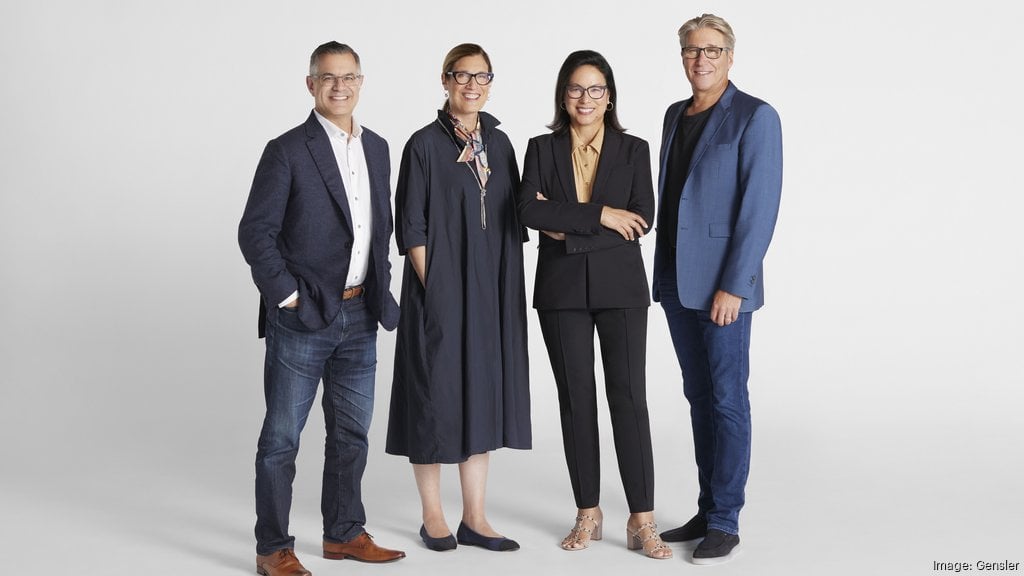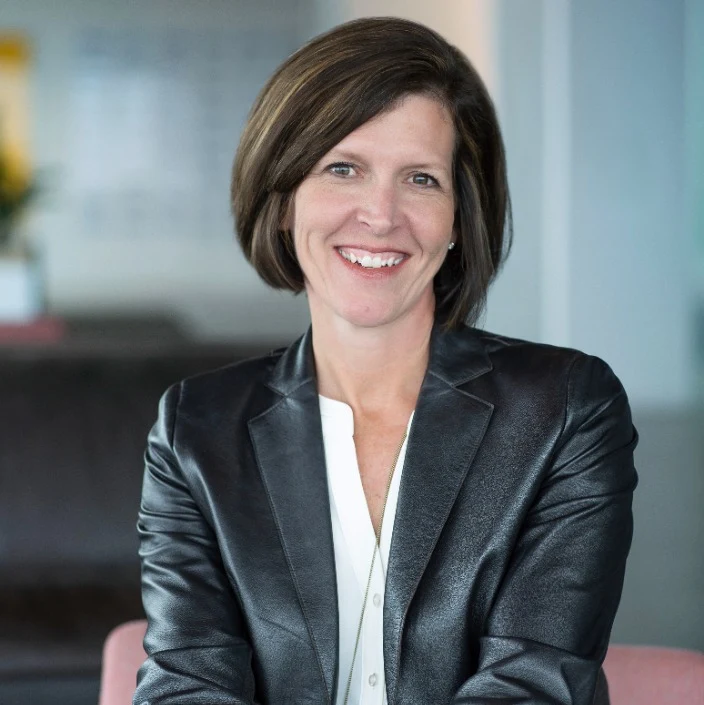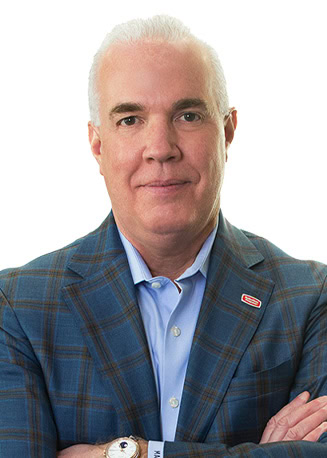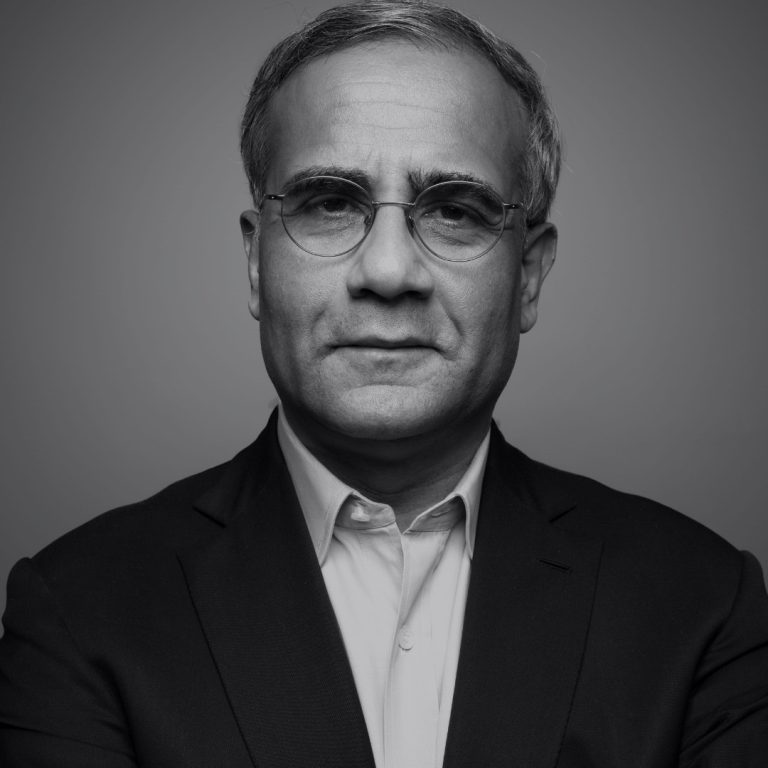
January 20, 2024
Jordan Goldstein, Julia Simet, Co-CEOs, Gensler
How To Get People Back To The Office
The global landscape of architecture and design is going through a generational transformation, imagining and creating new spaces that are redefining how we live, work, shop, play, stay and travel. A driving force leading these trends is Gensler, the world’s largest architecture, and planning design firm. Founded in 1965, it has expanded into a global powerhouse with 53 locations and 33 practice areas which serve thousands of clients in 100 countries, with 6,000 employees that delivered over $1.8 billion in annual revenue last year.
The company has a unique way of running their business—with the power of two. In key positions they often have “co” appointments for the same job, up to and including the CEO’s office. We invited the newly appointed Gensler Co-CEOs, Julia Simet and Jordan Goldstein, for this inspiring episode of the Reboot Chronicles, to talk about how they are redesigning and rebooting the future of work through physical and digital environments, how spaces should inspire, connect, and adapt to our needs—and how it can transform societies around the world.
Transforming Offices To Destinations
Return to the office has been a rough transition for many. Some leaders realized that it was a transition that needed some flexibility, because people who worked from home had a lot more flexibility and comfort in their schedule. Many companies have enlisted Gensler, and other firms, to help redesign their workspaces, and as Julia puts it, Gensler hopes to “make the office a destination and not an obligation.” It is also a great time to experiment with changes like this as companies have some extra space since employees aren’t coming in all the time. S,o there is less risk of working next to a jackhammer, and a higher chance of creating a space that makes going into the office bearable, or potentially even fun.
Combining Physical And Digital Spaces
One design point Julia and Jordan have been looking into is what they call “Immersive experiences.” This has stemmed from brands wanting to create a space that is a visual representation of the brand. More than something like just seeing a car in the lobby of a car company, but “really experiencing the attitude and the vibe of that brand in a way that’s very immersive” says Jordan. This could include an area that has wall-to-wall projectors and screens so that when you walk in you are immersed in a brand, or maybe even a golfing simulator that allows you to try new clubs.
Twice The CEOs, Twice The Reboot Power
When asked about how the transition to the co-CEO work style, Julia and Jordan had nothing but nice things to say about that model. Both of them bring different strengths to the table, so they can cover a wider range of problems and tasks with greater efficiency. It also ties into their values and company culture, since “Design is inherently a collaborative act”, as Jordan puts it, so having their design company run by a collaboration fits perfectly. The co-CEO setup is also beneficial as Julia and Jordan are in two vastly different locations. Julia is in London, and Jordan is in Washington, DC, so they can “bring a global perspective to [their] leadership” that they would not otherwise have.
Check out the entire episode to learn more about how design and leadership collaboration will change your world.











